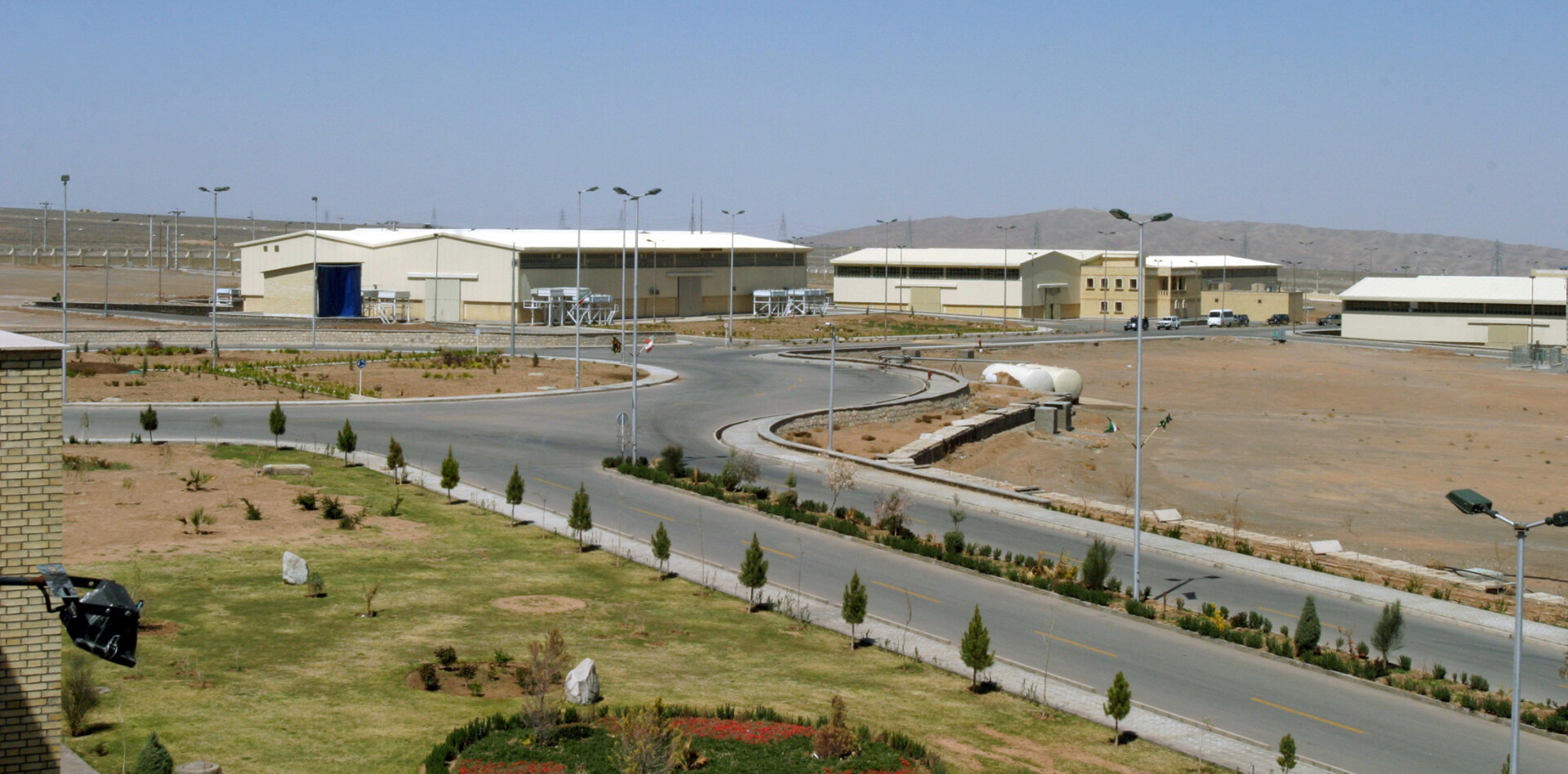U.S. B-2 Bombers and Tomahawks Rain Fire on Iran’s Deep Nuclear Bunkers at Fordow, Natanz and Isfahan
Manan Raisi, a parliamentary representative for Qom province where Fordow is located, stated, “The Fordow nuclear facility did not suffer any major damage. Most of the destruction was above ground and in the tunnel areas.”
(DEFENCE SECURITY ASIA) — In a historic escalation of hostilities in the Middle East, six U.S. Air Force B-2A Spirit stealth bombers launched a synchronized and devastating strike on Iran’s most heavily fortified nuclear installation at Fordow in the early hours of the morning.
Each of the aircraft dropped a pair of GBU-57A/B Massive Ordnance Penetrators (MOP), 30,000-pound precision bunker-busting bombs, targeting Fordow’s ultra-hardened enrichment complex buried 90 metres deep under the Zagros mountain range.
Simultaneously, U.S. Navy warships deployed in regional waters fired over 30 Tomahawk Land Attack Missiles (TLAM) at two additional nuclear sites in Natanz and Isfahan—locations that had previously come under Israeli fire.
The U.S. President formally confirmed the country’s first direct military entry into the Israel-Iran conflict, declaring the operation a decisive and overwhelming success.
“I can report to the world that the strikes were a spectacular military success. Iran’s key nuclear enrichment facilities have been completely and totally obliterated,” the President announced.
The coordinated air and missile campaign was designed to neutralize Iran’s nuclear breakout potential by targeting its key uranium enrichment nodes—Fordow, Natanz, and Isfahan—which have long been suspected of housing sensitive fissile material.
The GBU-57A/B MOP, designed to penetrate 18 metres of reinforced concrete or 61 metres of earth, has been tested extensively at classified ranges like White Sands and Tonopah against mockups of Fordow and North Korea’s Punggye-ri test site.
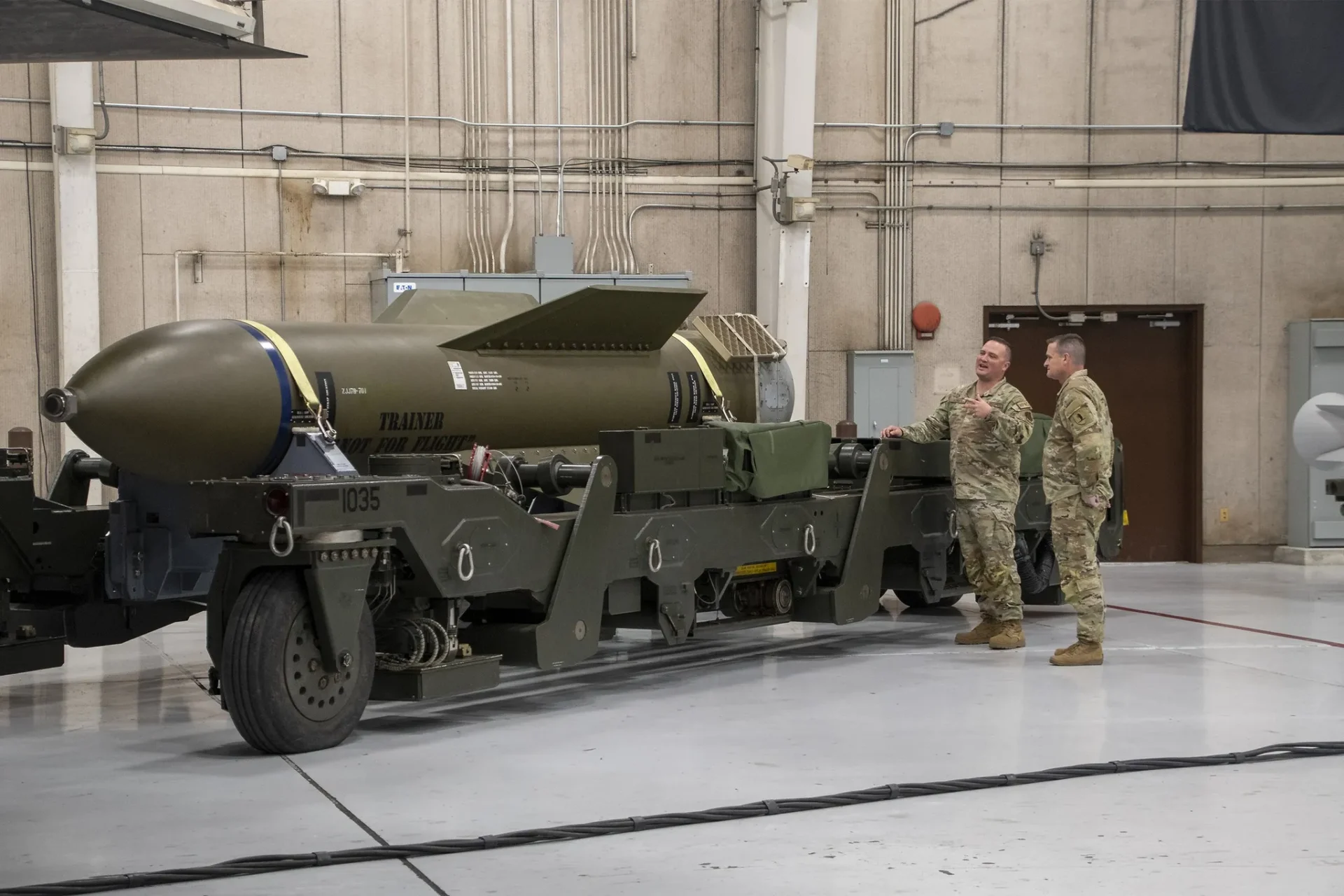
Only the U.S. B-2A Spirit has the stealth, range, and payload capability to deliver the MOP—a strategic asset unavailable to Israel and not for export under current U.S. policy.
Fordow’s enrichment site, deeper than the Channel Tunnel linking the UK and France, is regarded as one of the most impregnable nuclear facilities in the world.
Israeli Prime Minister Benjamin Netanyahu welcomed the strikes, framing them as a fulfillment of a longstanding vow.
“A short while ago, in full coordination between myself and President Trump, and with complete operational synchronisation between the Israel Defense Forces (IDF) and the United States military, the United States launched strikes on three of Iran’s nuclear facilities: Fordow, Natanz, and Isfahan,” said Netanyahu, who is currently wanted by the ICC for alleged war crimes in Gaza.
Iranian authorities acknowledged the attack, stating that “several sections” of the Fordow facility had been targeted, but denied any critical damage to its underground infrastructure.
Local Iranian media reported that the first MOP bomb struck Fordow at 2:09 a.m. local time, corroborating the timeline provided by U.S. defence sources.
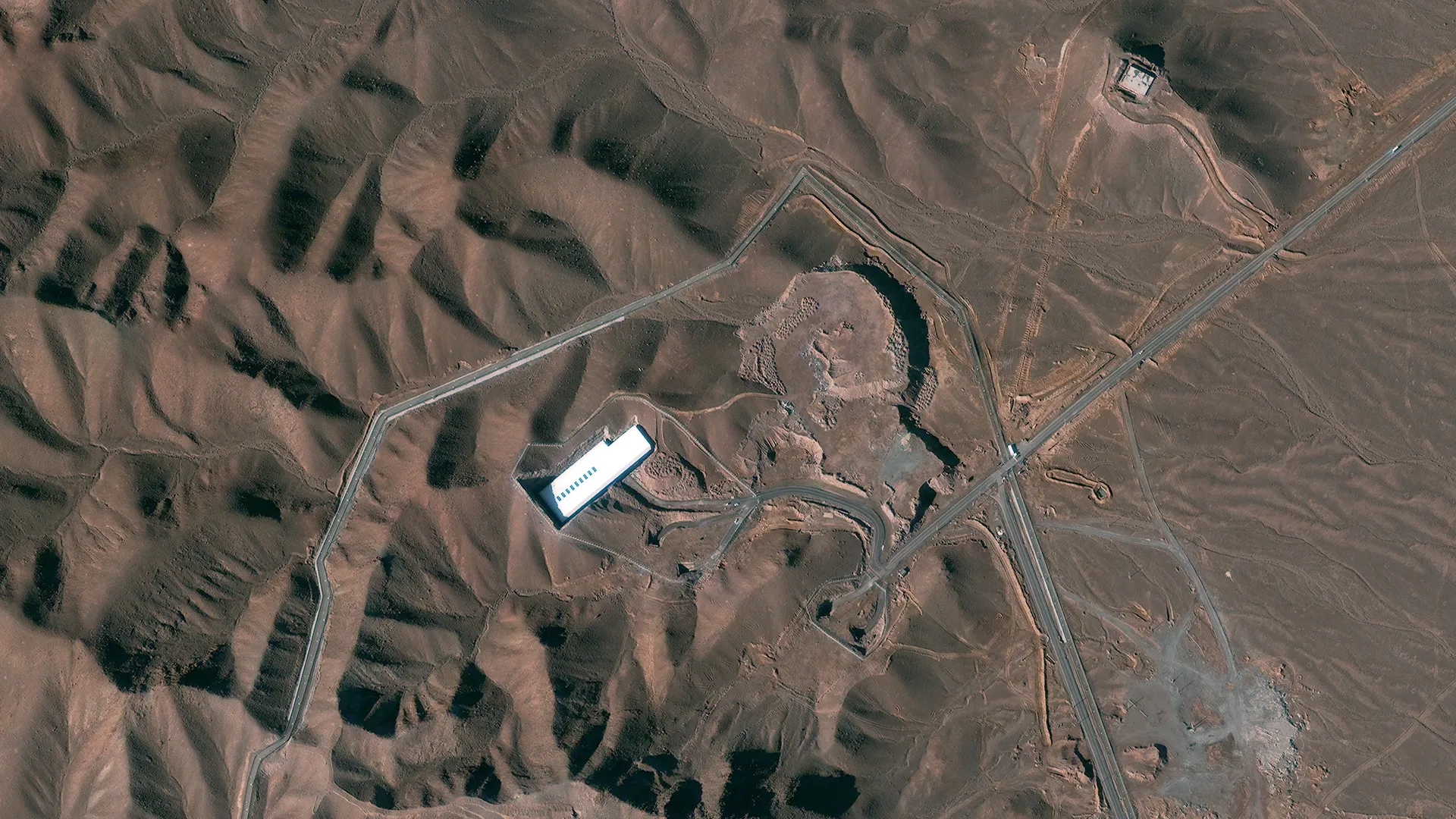
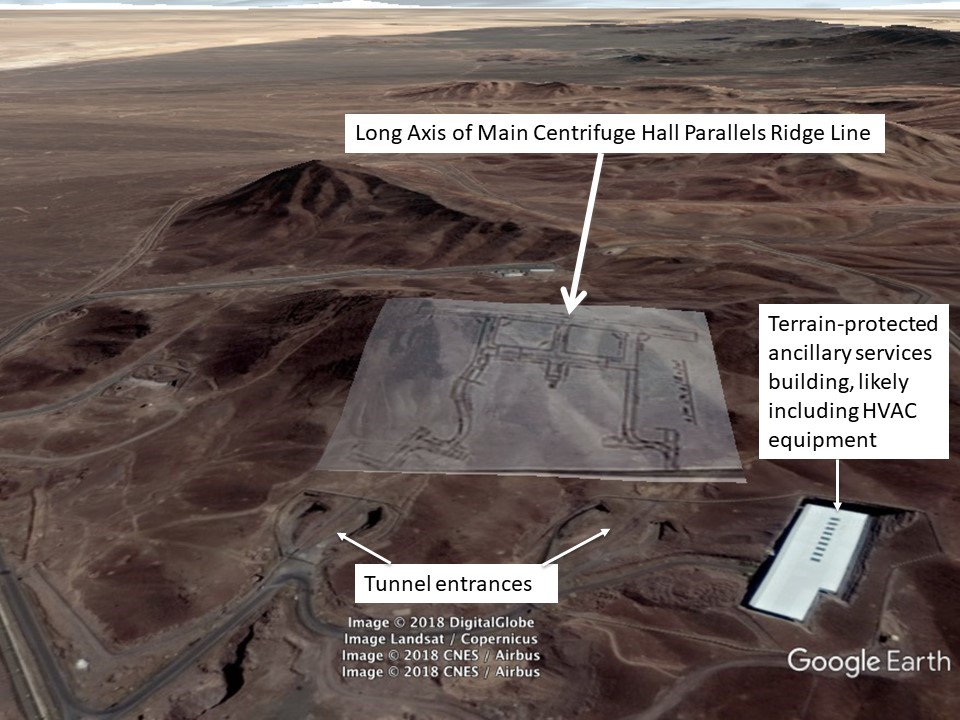
According to the Atomic Energy Organization of Iran, “field surveys and radiation systems data showed: No contamination recorded.”
“There is no danger to residents around these sites. Safety is in a stable state,” the agency posted online.
Pro-Iranian Telegram channels, reportedly linked to government insiders, claimed the U.S. strikes were confined to tunnel access points leading into Fordow and did not impact the core enrichment chambers.
“So far, it has been confirmed that only the tunnels were targeted in the U.S. airstrikes. There is no information at this time regarding any damage to the underground facilities at Fordow,” the source said.
Iranian state TV further claimed that most of the advanced equipment and enriched uranium had already been relocated from Fordow, Natanz, and Isfahan in anticipation of Israeli or American attacks.
“There has been no significant damage at Fordow,” Iranian media declared, adding that contingency relocation had occurred to prevent radioactive fallout.
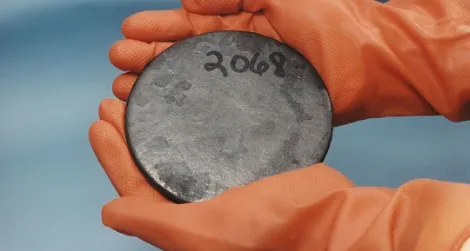
Civilians near Fordow reported no signs of a large-scale explosion, and ambient conditions in the area were reported to be normal.
Manan Raisi, a parliamentary representative for Qom province where Fordow is located, stated, “The Fordow nuclear facility did not suffer any major damage. Most of the destruction was above ground and in the tunnel areas.”
“Based on verified information, I state that, contrary to the false claims made by the President of the United States, the Fordow nuclear facility did not sustain serious damage, and most of the impact was limited to above-ground structures, which are fully restorable,” he said.
He added that no radioactive leakage had been detected.
Saudi Arabia’s Nuclear and Radiological Regulatory Commission confirmed “no radioactive effects were detected on the environment” in the Kingdom or surrounding Gulf nations following the strikes.
Meanwhile, U.S. military sources told Fox News that the underground complex at Isfahan proved “deeper and more fortified than anticipated,” raising doubts about the extent of destruction caused by the Tomahawk strikes.
